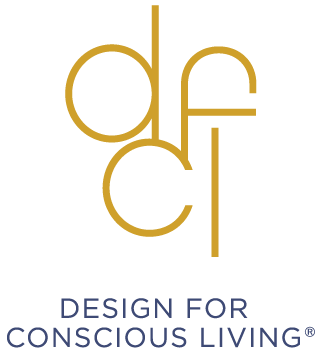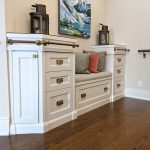If you are a parent it is probably safe to say that you invest generously in the health and well being of your child putting consideration into everything from the food they eat and the amount of sleep they get, to the medical care, and education they receive; but do you pay enough attention to the environment they live in?

On average children can spend as much as 85% of their time indoors and increasing evidence suggests that the poor air quality of indoor environments may be contributing to learning disabilities as well as child illnesses including asthma, autism, liver disease, cancer, and allergies. What is most alarming is that many primary caregivers of children are uneducated about, and subsequently underestimate the toxicity of indoor environments thereby putting their charges at risk.
Supporting evidence is extensive. For starters, I suggest you take a few minutes to review some of the information at Greenguard and Healthy Environments for Kids or visit your favourite news website and put in a search request for the words “children and toxic chemicals”. You will find news and information on everything from household cleaners, vinyl shower curtains, car seats, house dust, and toys.
If you have children or you are expecting a child, here are a few common-sense tips that will help you create a safer home environment. Focus on renovating or redecorating the areas of the home where your children spend the most time (e.g. bedroom and playroom, or play area), and then narrow in on the specific areas of these rooms where your children come into frequent contact (e.g. furniture, change table, flooring especially carpets). Consider all the materials your child could be exposed to in these areas and eliminate the ones that are not completely free of toxic chemicals (e.g. toys, blankets, mattresses). Clean your home with non-toxic cleaning products (e.g. floor cleaners, laundry detergents, air fresheners).
If you are suspicious your child’s health is being affected by chemicals in your home one way to test your theory is to find a summer cottage or retreat home that is designed for people with environmental sensitivities and spend a few weeks there (a month if possible). See if the symptoms improve.
And one last important tip; be an educated consumer. Know what you are buying, and support the businesses that care enough to make a difference.
Design for Conscious Living® is a full-service interior design company and creating healthy living environments, especially for children, is a passion.






